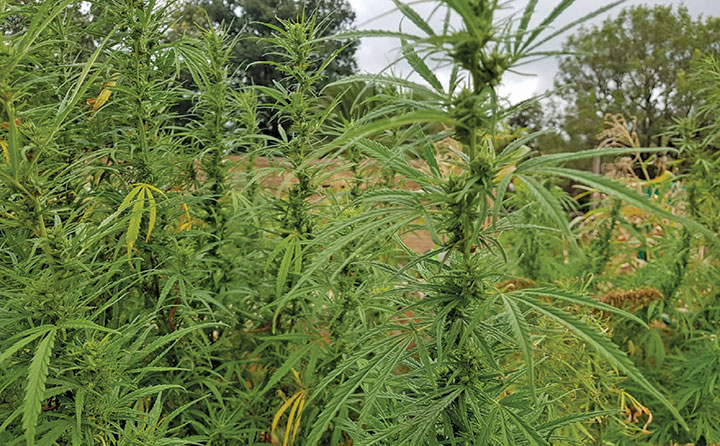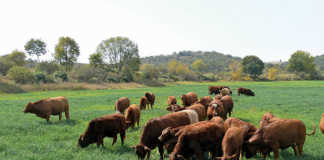
Photo: Dr Mac
Hemp and marijuana plants are very closely related (both are classified as Cannabis sativa), but they contain very different levels of delta-9-tetrahydrocannabinol (THC), a psychotropic ingredient that results in a feeling of elation (being ‘high’).
Hemp plants usually contain less than 1% THC but have higher levels of cannabidiol (CBD), which has been sold online as cannabis oil under several different trade names over the past few years.
CBD is reportedly a potent anti-inflammatory, which is effective for chronic muscle and joint pain. It is also used for pain relief in terminal cancer patients.
Hemp fibre, which has been imported by South Africa for many years, is used to make paper and fabric.
There has been ongoing research by the Agricultural Research Council into the possibility of growing hemp commercially in the Eastern Cape and KwaZulu-Natal, where marijuana has been known to flourish for many years.
The Constitutional Court recently legalised the use of marijuana by adults in their homes. While this has opened the door to changes to legislation regarding the growing of cannabis, it is well known that marijuana has been used for treating horses in South Africa since 1652.
There is also evidence that cannabis-derived medications were used to treat injuries in cavalry horses as early as the days of Alexander the Great. In England and the US, cannabis was imported from the East and used to treat colic and tranquilise nervous or injured working horses.
The flowers, leaves, stems and roots of the cannabis plant were also incorporated into different traditional boereraat remedies for humans and horses during the 18th and early 19th centuries.
It is fairly well known that cannabis was also previously used by South African riders and trainers to enhance performance in jumpers, saddlers and racehorses.
This was probably the case in other countries too, as cannabis and its synthetic derivatives have been on the International Federation for Equestrian Sports’ list of banned substances for over 50 years.
Toxicity and side effects
Now that there is a possibility that people could start growing cannabis for home consumption, it is likely that horses will come into contact with these plants.
While the cannabis oil in hemp is not very toxic, the high levels of psychotropic chemicals in marijuana can result in severe clinical signs and even death. Marijuana poisoning in cats and dogs is fairly well recognised by small animal practitioners in South Africa.
Pets occasionally consume home-made marijuana cookies or have smoke blown into their faces. At low doses, dogs and cats show dilated pupils and excitable behaviour. However, higher doses can result in coma and even death.
Horses that have grazed cannabis plants also present with dilated pupils and show excitable behaviour. They can become disorientated and bolt through fences, or stagger and fall.
Those that have consumed higher doses have muscle tremors, salivate heavily, and their movement becomes uncoordinated, as though they have been anaesthetised.
They eventually become comatose and stop breathing. Cattle and sheep show similar signs. Treatment is mainly supportive, fairly expensive and unlikely to be successful.
Dr Mac is an academic, a practising equine veterinarian and a stud owner.











